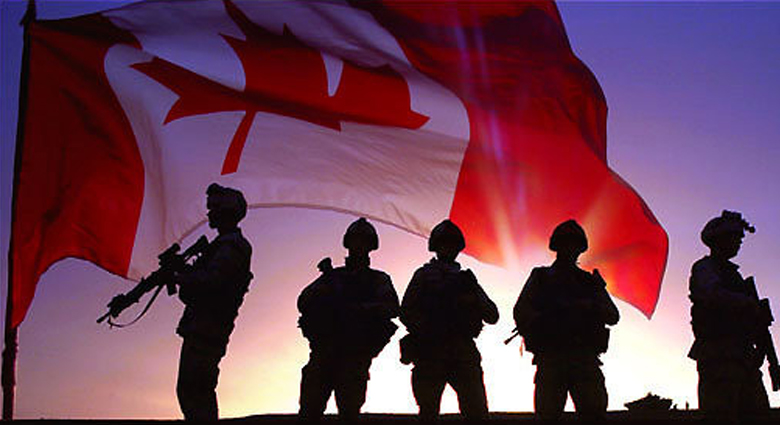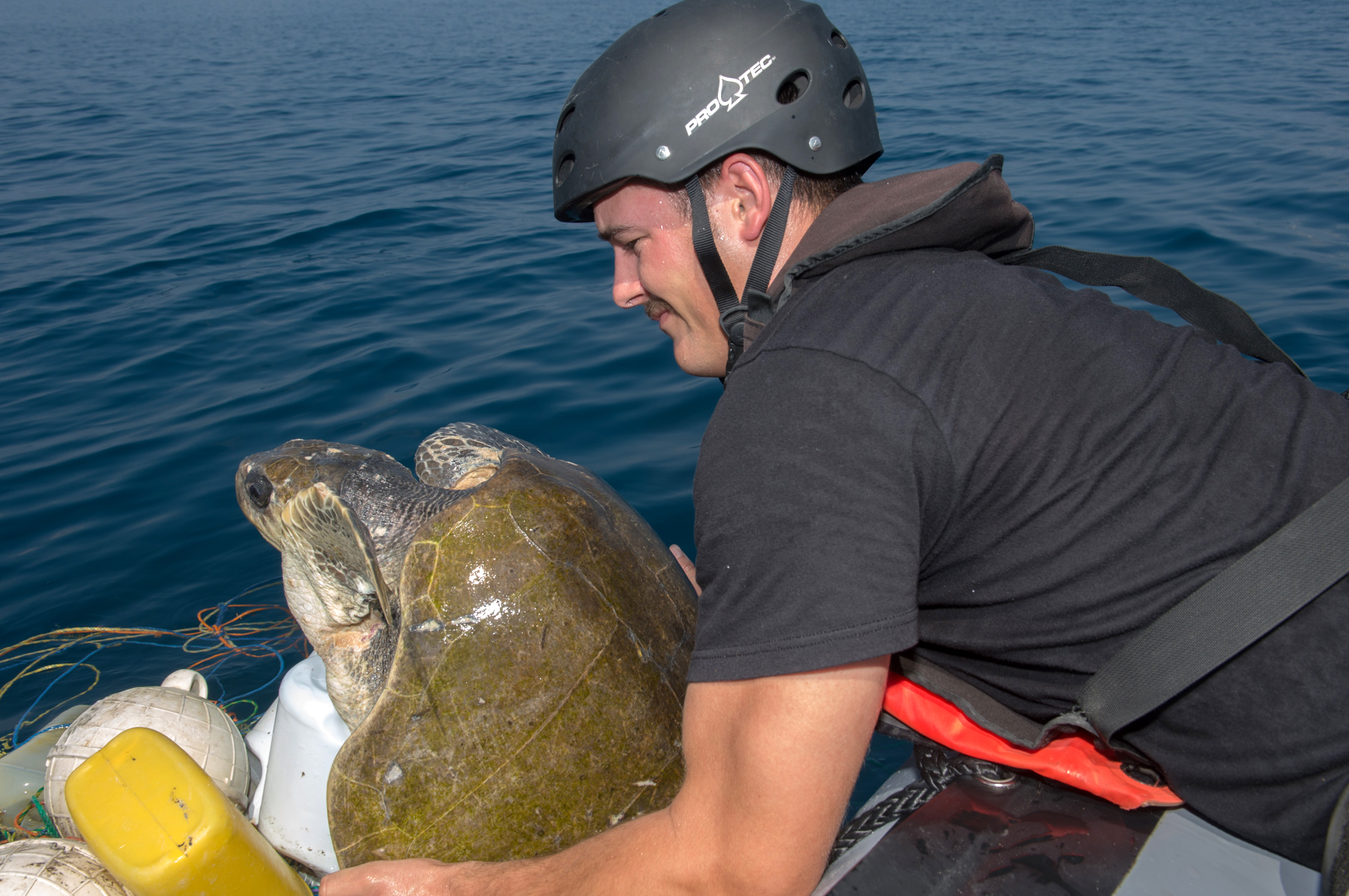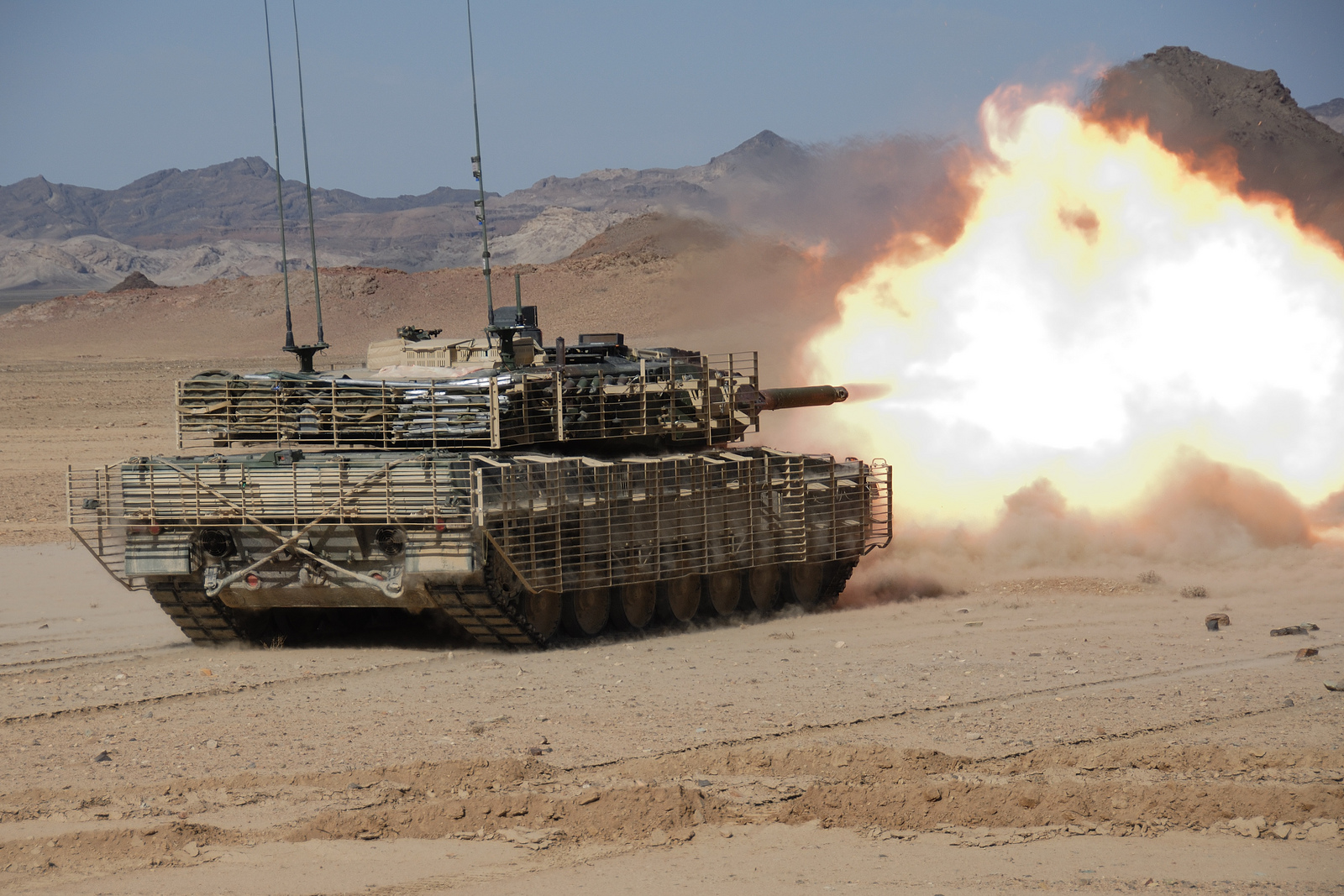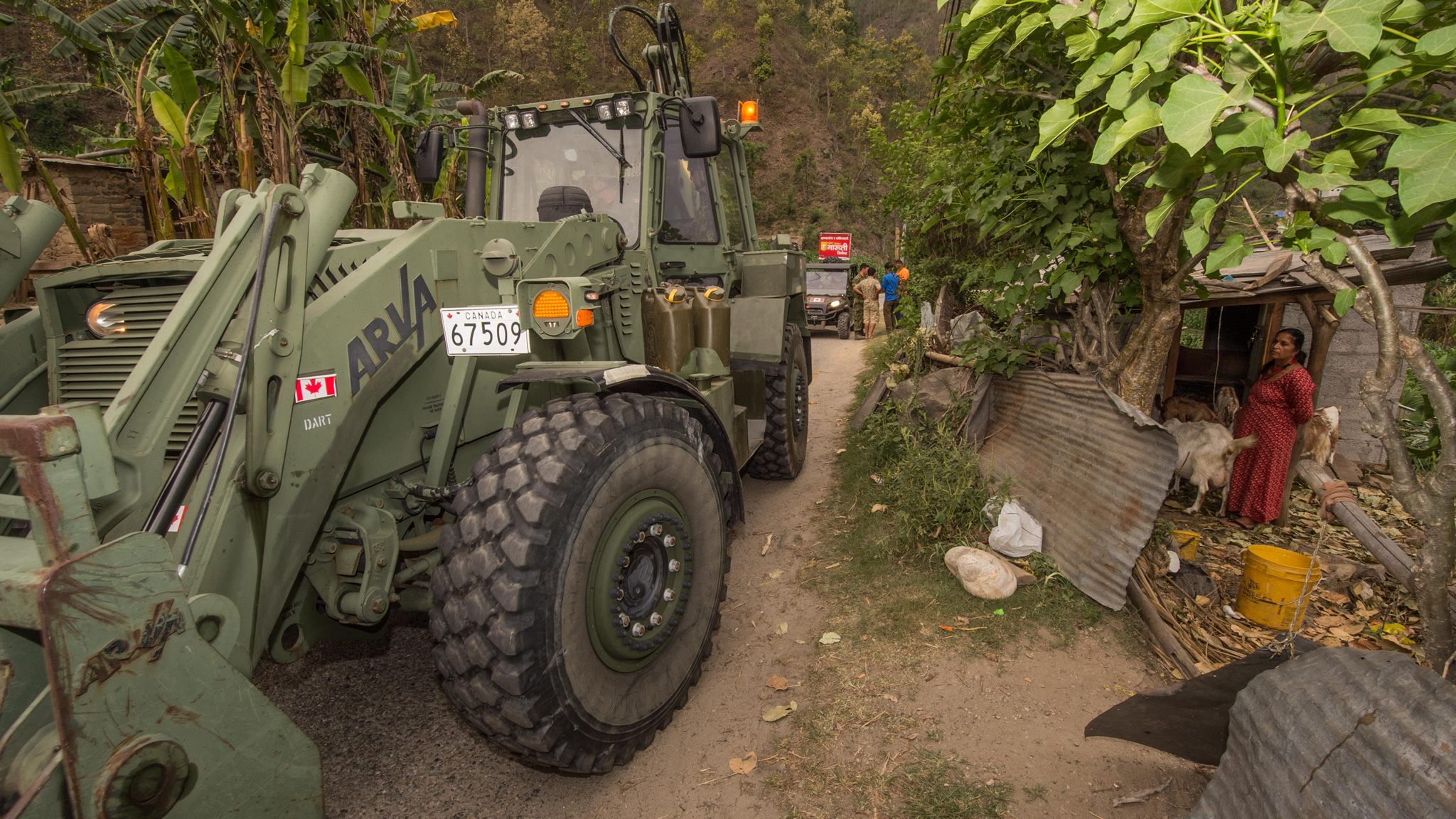By Mikaël Perron, CD
Defence Watch Guest WriterAs a three-ocean nation and a member of the G7, Canada shall be at the forefront of the world’s ocean safety. The flagships of a nation like ours should be using our own specific home design and should be of the highest standard.
So, the main classes of ships to be built under the National Shipbuilding Procurement Strategy (NSPS aka NSS) should be of a Canadian design. Over the years, Canada achieved independence from mother England by designing ships like the Cadillac destroyers, the Louis St-Laurent and river class icebreakers, the Provider and Protecteur class AOR, the Tribal class destroyer and the Halifax class frigate.
In the process, we developed ground breaking technologies like the bear trap that allows for the usage of a heavy helicopter from a destroyer’s deck, the probe at sea refuelling system, the extensive use of gas turbines on combat ships, the integrated platform management system and many other innovations. I strongly believe that we should be keeping that attitude, especially in the case of the Canadian Surface Combatant program.
A MP once questioned why the Canadian Navy should get the best destroyers in the world since we are a middle power! Well, for starters, Canada is a member of the G7 and is looking for a seat at the UN Security Council. We do not possess aircraft carriers, amphibious assault ships or nuclear attack submarines but we definitely are a destroyers/frigate Navy.
More than 80% of world trade goes through the seas and nations that maintain the security of the major sea lane of communication (SLOC) are getting noticed. The western world’s population lost sight of it but there is a major fleet building in Asia and a great submarine proliferation around the world; our new ship should be able to match threats from, and capabilities of, other nations so our sailors return safely home.
In many parts of the world, gun boat diplomacy is a very actual tactic that is well understood. At a time of financial constrain, ships are much less expensive to deploy and maintain for an sustained international presence than moving a ground force or a large air force deployment.
Ships can remain in international waters for long periods; a minimum footprint ashore is required. Warships can also rapidly shift from a humanitarian or diplomacy mission to full combat capability.
Only a few nations can keep ships deploy away from home for long periods of time or seamlessly integrate into an American battle group; we should not lose those abilities.
On the Arctic front, the race for northern resources has begun. Russia is building up to 14 new conventionally and nuclear propelled heavy Icebreakers on top of their large actual fleet. The USA are now accelerating the regeneration process of their icebreaker fleet while players like China are sending Icebreakers to test the resolve of Arctic nations. We should maintain an active and persistent presence that requires more than one heavy icebreaker, considering the vastness of our Arctic claim and the maintenance cycle of these ships.
The National Shipbuilding Procurement Strategy was a very well thought process that was done with the best information available at that time. I fully support it but it needs to evolve to include a higher level of flexibility. As the situation evolves, it should be able to get the most out of the passing opportunities. It must, at all time, take in consideration the interests of our military personnel, the strategic interests of the nation, the taxpayers and of course the industry.
For example, Davie shipyard was basically bankrupt at the selection moment and it made sense from an accountant’s point of view to discard them although they possess the highest capacity shipyard in Canada.
Since then, they’ve built the most advanced civilian ship in North America and we could take advantage of that. The government must seize the opportunity to improve the NSPS to ad flexibility to it that will better serve our sailors, national interest, our budget but also the industry.
The downturn in the oil industry offers us the possibility to negotiate the acquisition of ships that would be otherwise unaffordable and unavailable. There are now two VS4220 sitting at Davie shipyard; one 70% and the other one 40% complete. These ships possess extreme capabilities that are perfect for our ocean’s conditions.
I propose that Canada acquires them as true multi-task high endurance vessel that will also double as Offshore Oceanographic Science Vessels (OOSV). The science equipment that was to go on the OOSV to be built will be installed on one of them (we could easily buy extra gear to equip both the same way).
They will also possess helicopter support capability to carry up to a Cyclone size helicopter and to land up to Cormorant or even Chinook helicopters. Their large fuel carrying capacity would also allow them to support other government vessel such as the AOPS and other offshore vessel.
With a good negotiation process, the Canadian government could obtain these two ships at a low price. They would replace the OOSV and one of the Medium Endurance Multi-Tasked Vessel that were to be built.
That would speed up the delivery process of some much needed ships. In addition, the non-combatant winner of the NSPS – Seaspan – would not lose out in such a scenario. I can see three main scenarios that could deliver more to every stakeholder:
First scenario:
Once the OOSV is cancelled, the building of the JSS can start ahead of time (Scientific gear that was to go on the OOSV will be installed on the VS4220). Seaspan will be given the construction of the more profitable third optional JSS instead of the OOSV. Because of reasons I will explain further, the Navy actually needs four supply ships — the three JSS and the interim AOR (iAOR) in this scenario.
Two Diefenbaker-class Icebreakers would be built. In order to have these two icebreakers in due time, the building of the Diefenbaker’s sister ship could be awarded to the Davie Shipyard. The performance of both Seaspan and Davie could be effectively measured and help to set a competitive bidding process in order to build three Canadian-designed River-class Icebreakers that would be optimal to the taxpayers later on.
Davie is also proposing the conversion of a three-year old PC3 Icebreaker sitting idle in Seattle. That has the potential to be a great bargain to the taxpayers as well as prevent a capability gap. The replacement of our icebreaker fleet would be achieved with much added capability while the NSPS process would keep the course with no losers.
Second scenario:
Once the OOSV is cancelled, the building of the JSS still can start ahead of time. Davie would be given the building of a second interim AOR so the building of the first Diefenbaker-class Icebreaker could also start ahead of time. In this case, Seaspan would be given the contract to build two Diefenbaker class Icebreakers. Davie would also do the conversion of the PC3 Icebreaker sitting idle in Seattle to prevent a capability gap and to strengthen our nation’s Icebreaking capability. A contract involving a competition would also be awarded later to replace the three remaining River-class Icebreakers. (The River-class Icebreakers were commissioned between 1979 and 1987).
Third scenario:
Still having replaced the OOSV and the first Medium Endurance Multi-Tasked Vessel with two VS4220 vessels from Davie, Seaspan would be more than compensated with the building of three JSS and two Diefenbaker-class Icebreakers. The GoC would negotiate Davie’s offer for the PC3 Icebreaker conversion and also the three River-class conversions that they earlier proposed. That would offer a significant deal to the Canadian public and compensate for the delays caused by the building of additional JSS and heavy Icebreaker. Let’s remember that the CCGS Terry Fox was a commercial Icebreaker before joining the CCG fleet. The nation will then possess a strong shipbuilding industry ready to compete on the international market for specialized ship conversion.
The main point of this text is about the Canadian Surface Combatant (CSC) portion of the National Shipbuilding Procurement Strategy. The program is to renew our surface combatant fleet with up to 15 vessels to replace the Iroquois class destroyers and the Halifax class frigates. It is understood that the program is more expensive than it was initially planned for and that the actual budget could only afford around eleven ships.
It is now under consideration to adopt a foreign design and to do a cost trade-off on the required capabilities.
I do believe that such a course of action is the wrong way to go. We are a major industrial nation with the largest coast line in the world. The CSC will be our flagship.
There is a solution that would allow us to reach a maximum effect with eleven ships with no or minimum compromise to the statement of requirement (SOR).
Last year, before I retired from the Canadian Armed Forces, I submitted a few initiatives under the defence renewal program. One of those was a fleet manning concept for the CSC.
The core idea of that solution is to separate the needs of the crew from the needs of the ships themselves. The end result looks like this: five Area Air Defence (CSC AAD) ships, five General Purpose (CSC GP) ships with all the necessary spares. One extra hull will allow for each ship to go on a two year extended maintenance period every ten years.
There will be twelve sea going crews and a shore maintenance team. It is organized so we can have four ships permanently deployed, four ships available for training, local exercises / patrol, short work periods and finally three ships on extended work period. This way of operating a class of ships will work with classes of ships of five or more ships. These ships also need to be designed so they could operate away from home port for a complete year.
That is also where the need for, at least, four JSS/iAOR comes from. Support ships multiply the effect of the surface fleet. We need to have at least one supply ship available on each coast at any given time. They will support the deployed CSC, do humanitarian relief mission, support the AOPS on northern patrol occasionally, etc.
To have fewer CSCs will free up the necessary personnel to man these two extra supply ships and also a class of around four corvette/light frigates, similar to the Dutch Holland class patrol ships with the addition of anti-submarine warfare capability. Those would be very affordable (around four of them for the price of a single CSC and would reposition gear from the Halifax class frigates such as the 57 mm gun, the close in weapon system (CIWS), the naval remote weapon system (NRWS) and other systems. These are excellent and up to date pieces of equipment; for example, the most advanced Dutch frigate are using the exact same guns that used to be installed on our Iroquois class destroyers in the 70s-80s after being refurbished. The proposed corvettes would also operate with a small crew. Such ship would patrol our coast, participate to Op Caribbe-type missions, conduct piracy patrols and support the CSC on some occasion.
As for the CSC, the use of AAD and CSC GP concepts would be ideal with the required number of hulls. I would see a ship of around 148-155 metres in length and around 20m breadth. Its displacement would probably be around 6000-7000 tons.
It would possess an integrated electric power plant consisting of two main diesel generators, a gas turbine generator and two small diesel generators for anchor or shore without power. That power plant allows for better fuel efficiency (only one generator supplying propulsion and hotel load at sea).
It allows for a great redundancy, for the disposal of the maintenance heavy controllable reversible pitch propeller (CRPP) and the disposal of the main gear box and gives extra power for eventual addition of energy-consuming technologies like a rail gun or laser CIWS. A possible option toward that power plant would be to use already designed parts of the QE class carrier an incorporate them to our hulls. I am thinking here of two of their 9MW diesel generators, one MT-30 gas turbine generator and two 20 MW electric motors.
For cruising, one diesel economically supplies hotel load and a speed above 15 kts along with a minimum range of 7000 nm. Two diesels will be used for fast cruising and close proximity maneuvering. The gas turbine will be used for sub hunting and fast man oeuvre while a diesel can be added to reach a maximum speed above 30 kts with a diesel to spare and the potential to later add some new energy consuming technologies. This would give a high level of redundancy.
They would carry a minimum of two multi-role boats (MRBs) and the flight deck will be able to land up to Chinook helicopter in order to support Special Forces operations.
We could afford the best weapons and sensors; 5 inch gun, two millennium guns, harpoon, evolved sea sparrow missile (ESSM), standard missile for the AAD and Tomahawk for GP version without forgetting torpedoes and the naval remote weapon system (NRWS).
I believe a 48 cell MK-41vls launcher could allow us to carry 32 ESSM and 40 SM missiles for the AAD version and 32 ESSM and a combination of Tomahawk and ASROC for the GP version. If savings are needed, the mix of weapon could be changed.
All CSC shall have full ASW capability with Cyclone helicopter, torpedo launchers, towed and hull sonars and possess the latest in torpedo counter-measures. I would suggest the I-mast 500 to be used on them ship since we participate in the development of the active phased array radar (APAR). The I-mast of the AAD version would be without the sea master 400 radar since it would utilize the SMART-L ER radar while the GP version would use the sea master 400 not using the SMART-L radar. The new upcoming SF500 radar could offer further possibilities.
The ships would possess an optimized crew around 200 strong.
OPV, Corvette or Light frigate
To balance the fleet and keep the NSPS going, a class of four smaller ships would be designed and built. They would be around 110m long 15m wide and displace about 3500 tons. They might share the same power plant as the AOPS or even a more economical plant aiming for a max speed between 21 and 24 kts. The use helicopter and two MRBs will compensate for the lower maximum speed. The I-mast 400 could be a good choice of sensors in this case. The crew would consist of a (65-75 strong) team with extra room for up to 20 and an extra 20 in austere conditions, in the same way as the CSC.
To conclude, the NSPS is essential in order to keep a modern government fleet at all time. It must enable us to replace every existing and to be built ships before it gets to its best before date. Every possibility to make it more affordable such as a new manning strategy for the CSC shall be taken. It must also quickly adapt to the changing economic situation and take advantage of passing occasions. A strong naval presence home and abroad is probably the best way for Canada to affirm itself on the world stage.
















